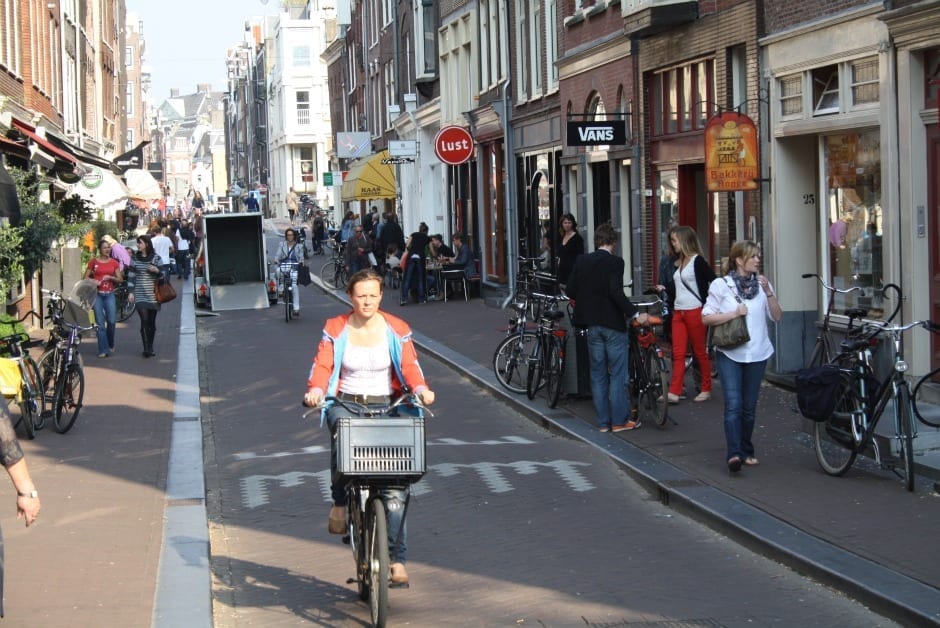
There are certain cities in the world that I feel more content in than others. In these cities I don’t feel an urge to rush off to the main attractions, or rush around taking endless photographs. These are places where I like to do nothing except take it easy, soak up the atmosphere, and appreciate the fact that I’m there. One of these cities is Sydney, my favourite city in the world. I also feel at home in Edinburgh, thanks to the people and its size. Another is Amsterdam, a city I only visited quite recently and one that has attractions which, sadly, many people don’t witness.
There’s no denying what thousands of travellers flock to the Dutch capital for – sex and drugs. They are a pivotal part of the city’s tourism industry which is why the government, quite cleverly, regulated both industries instead of battling them like so many others do.
But these are aspects of Amsterdam I steer clear of because the city has so much more to offer that, sadly, the hundreds of thousands who visit don’t get to see. Of these other attractions that people miss too frequently, there are four I make sure to enjoy each time I visit.
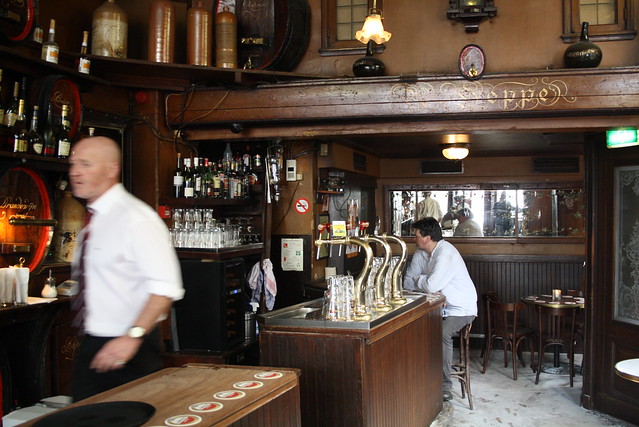
While discussing Amsterdam, if you mention the word ‘café’ to somebody, chances are you’ll be greeted with a cheeky grin conveying an ‘I know what you mean’ type thought. But the cafés triggering those thoughts aren’t actually cafés, they’re coffeeshops. Instead cafés, or brown cafés to be precise, are actually traditional Dutch pubs, some dating back to the 17th century.
One of the most famous is Café Hoppe on one of the city’s most charming squares, Spui. An Amsterdam institution, it dates back to 1670. It bears all the traits of a brown café – friendly barmen, brown-stained walls
from the smoke (that’s how they got their name), and sawdust on the floor. It is a tad touristy though. If you’re looking for something a bit more local where you’ll meet some of the city’s residents (I have on many occasions), try Café Heuvel on the corner of Prinsengraacht and Spiegelgracht. Others worth checking out are Café Chris in the Jordaan neighbourhood and De Pilsener Club in the heart of Central Amsterdam on Beigijnensteeg.
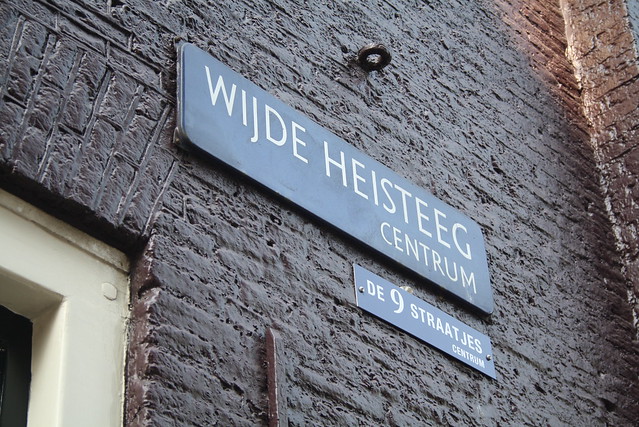
The 9 Streets (De 9 Straatjes)
Just over the Singel canal from Spui is an area of the city commonly referred to as the ‘Soho of Amsterdam’ – The 9 Streets. Comprising (you guessed it) nine streets, on them you can find a host of specialist shops selling handmade jewellery, vintage clothing, authentic Dutch cheese, designer trainers and more.
Every time I go to Amsterdam I always make a point of visiting my favourite restaurant in Amsterdam which can be found on ‘Berenstraat’, one of the nine streets. Called ‘Restaurant het Zwaantje’, this warm, welcoming and very reasonable Dutch bistro boasts friendly staff, reasonable prices and, most importantly, quality food. My favourite? I have tried the ribs once or twice, but if you’re looking to try something really traditional, opt for ‘Suddervlees naar “Oma’s Recept” met aardappelpuree en groenten’ – ‘Stewing steak according to traditional Dutch recipe. Wash that down with a nice bottle of red and you’ll give yourself a night to remember.
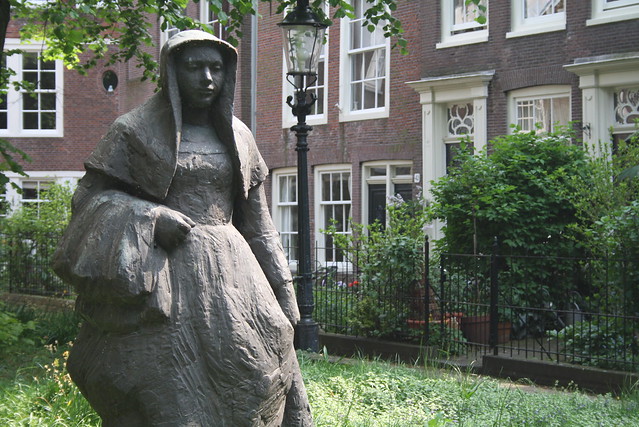
Begijnhof, Spui
Located on Spui, Begijnhof is a tranquil street and courtyard dating back to the 14th century and is a hidden gem…literally. To find it you need to push open a heavy door on this charming square that looks closed. To find it, look for a brown door with the word ‘Bagijnhof’ written in stone over it. Then once inside, enjoy the peacefulness in what is an otherwise busy city.
The origins of this unique part of Amsterdam lie with a group of women who decided to live together in a ‘religious’ community, with their primary mission to look after the sick. What makes this attraction even more unique is that they weren’t nuns, they didn’t have an official founder, and they didn’t make any vows. They did have to be unmarried mind you.
Today, these women are honoured by a statue of what looks like a nun in a small green surrounded by the most beautiful houses. They make for a great photo opportunity and, as you will have gathered by now, the courtyard itself is a breath of fresh air in this busy city.
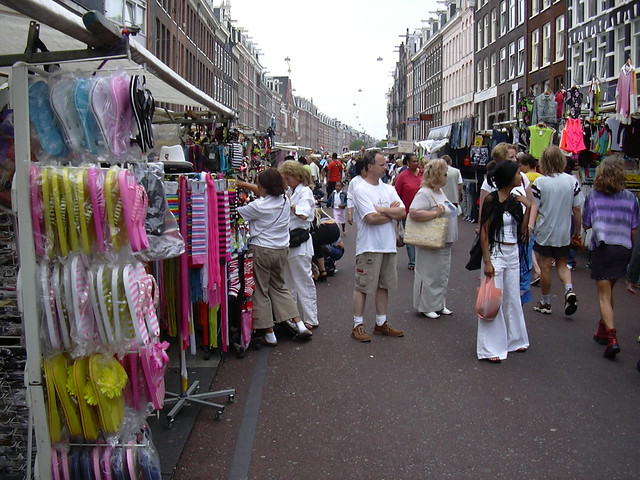
De Pijp
Pronounced ‘The Pipe’, this largely residential neighbourhood south east of Central Amsterdam is the Dutch capital’s bohemian quarter. Bordered on the north by one of the city’s most visited attractions, The Heineken Experience, it is populated by all sorts of people. A working class quarter in the past, here you’ll encounter all walks of life – picture young professionals, students, arty folk and families all living in harmony in the one area. Here they enjoying everything it has to offer – a relaxed atmosphere, quiet cafés, and arguably its number one attraction, the Albert Cuypmarket, Amsterdam’s premier street market. Taking place Mondays to Saturdays from 9.30am-5pm, at the numerous stalls (there are over 300) you can pick up toiletries, underwear, fruit and more.
De Pijp is also a good place to explore after dark if you want see where the city’s cool offspring let their hair down at night. Just take a short cab ride to Eerste Van Der Helst Straat where you will encounter a host of bars and restaurants, the most notable being ‘Chocolate’.

0 comments:
Post a Comment